
A family of about 29 genera and about 1200 species, trees, shrubs, woody vines, and herbs, nearly cosmopolitan, but most diverse in tropical and subtropical areas.
ID notes:The Polygalaceae has a distinctive flower structure which can be confusing. The corolla consists of 3 fused petals, partly fused into a tube, and also fused with the stamens. The lower petal is called the keel; it is usually boatlike, and also (in most species in our region) lacerate, fringed, or lobed at its tip. The calyx is 5-lobed, the lobes usually of 3 distinct sizes. The two lateral sepals are called wings; they are generally large and petaloid (colored like petals). The upper sepal is usually the next largest; the two lower sepals are usually the smallest.
Ref: Abbott (2011); Abbott (2021) In Flora of North America Editorial Committee (2021); Eriksen & Persson In Kubitzki, Bayer, & Stevens (2007); Miller (1971b); Pastore & Abbott (2012); Pastore et al. (2019); Pastore et al. (2021); Pastore et al. (2023). Show full citations.
Hover over a shape, letter, icon, or arrow on the map for definition or see the legend. Data for arrows not developed for genera and families which may have species only occurring outside the flora area.
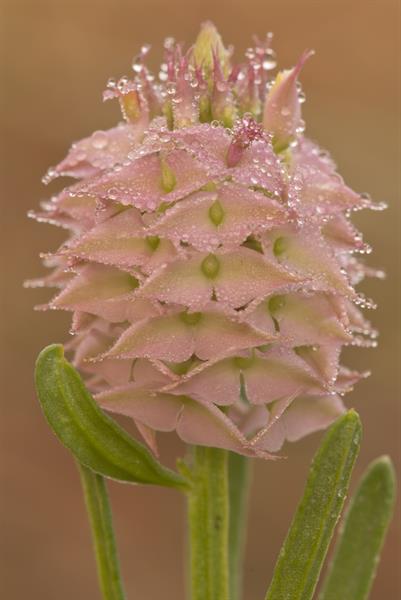 © Keith Bradley | Original Image ⭷
© Keith Bradley | Original Image ⭷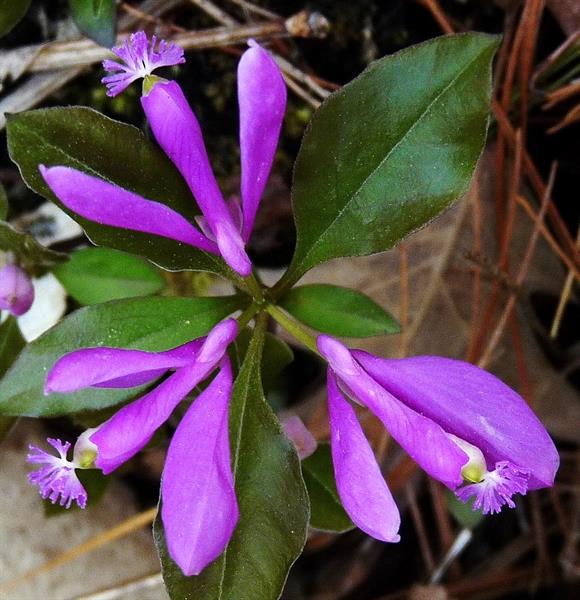 © Richard & Teresa Ware | Polygaloides CC-BY-NC, permission granted to NCBG | Original Image ⭷
© Richard & Teresa Ware | Polygaloides CC-BY-NC, permission granted to NCBG | Original Image ⭷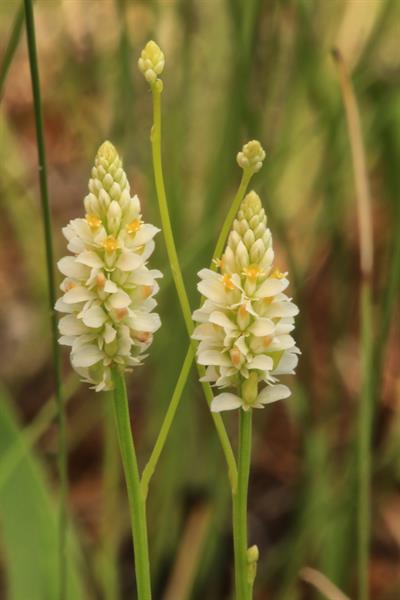 © Alan M. Cressler | Original Image ⭷
© Alan M. Cressler | Original Image ⭷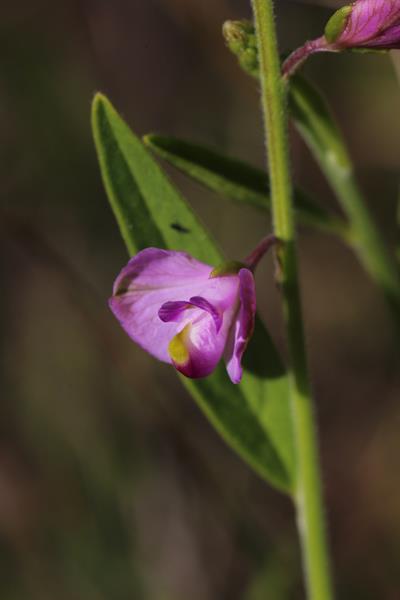 © Scott Ward | Asemeia | Original Image ⭷
© Scott Ward | Asemeia | Original Image ⭷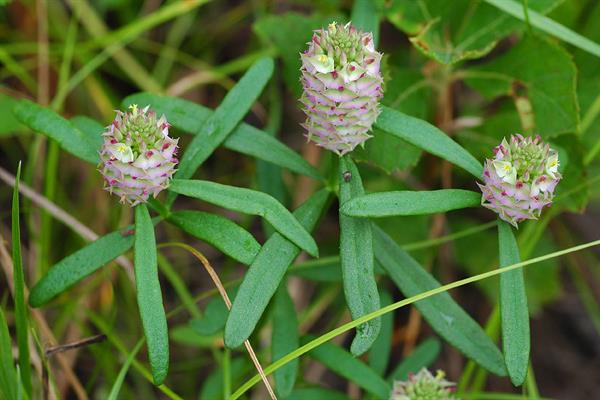 © Gary P. Fleming | Original Image ⭷
© Gary P. Fleming | Original Image ⭷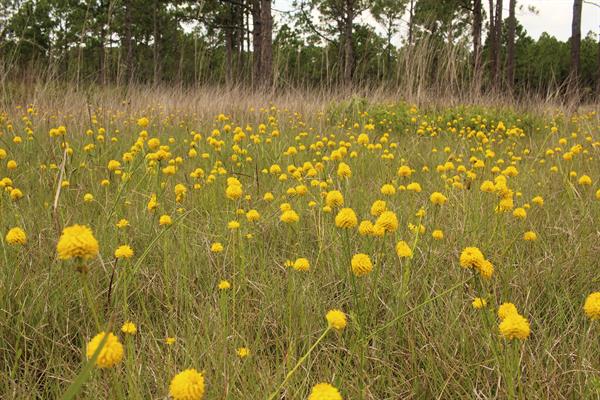 © Scott Ward | Original Image ⭷
© Scott Ward | Original Image ⭷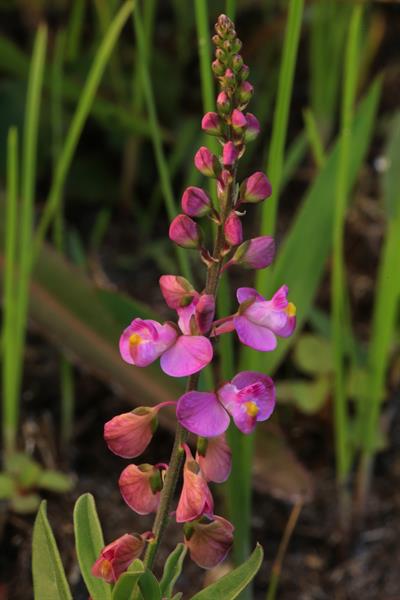 © Alan M. Cressler | Asemeia | Original Image ⭷
© Alan M. Cressler | Asemeia | Original Image ⭷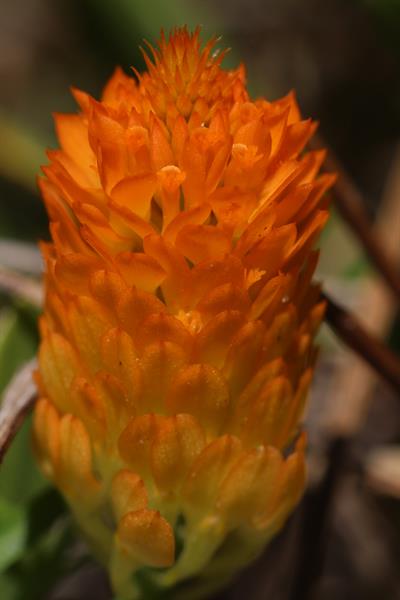 © Scott Ward | Original Image ⭷
© Scott Ward | Original Image ⭷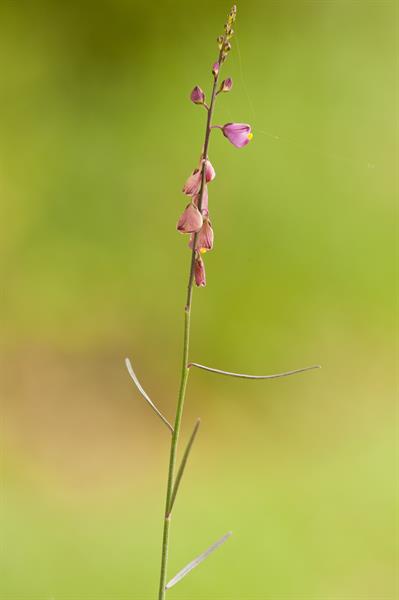 © Keith Bradley | Asemeia | Original Image ⭷
© Keith Bradley | Asemeia | Original Image ⭷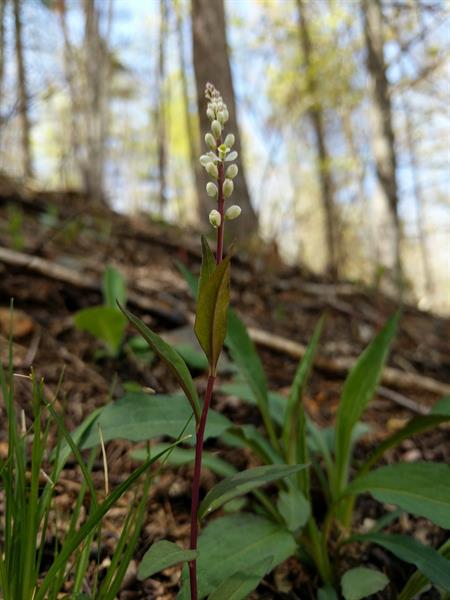 © Eric Ungberg, all rights reserved, uploaded by Eric Ungberg source | Original Image ⭷ Warning: was NOT research grade.
© Eric Ungberg, all rights reserved, uploaded by Eric Ungberg source | Original Image ⭷ Warning: was NOT research grade.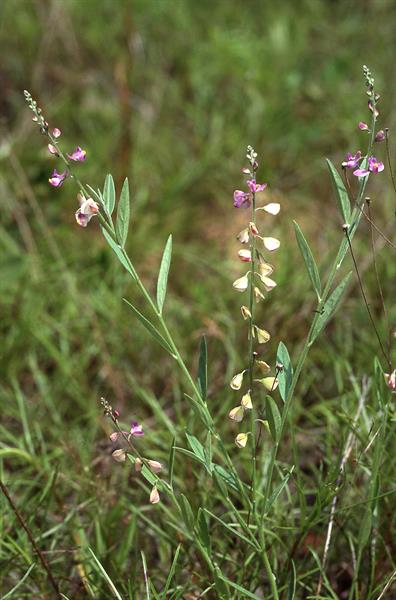 © Bruce Sorrie | Asemeia | Original Image ⭷
© Bruce Sorrie | Asemeia | Original Image ⭷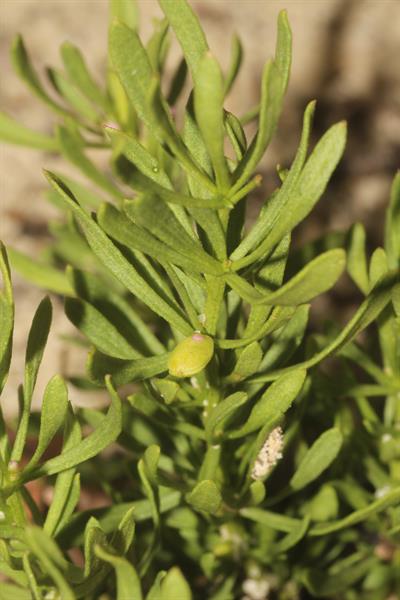 © Scott Ward | Senega lewtonii | Original Image ⭷
© Scott Ward | Senega lewtonii | Original Image ⭷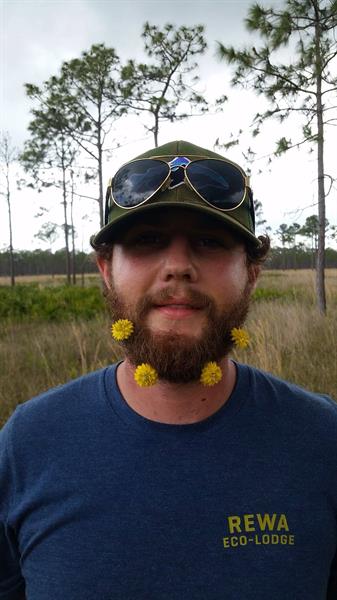 © Scott Ward | Original Image ⭷
© Scott Ward | Original Image ⭷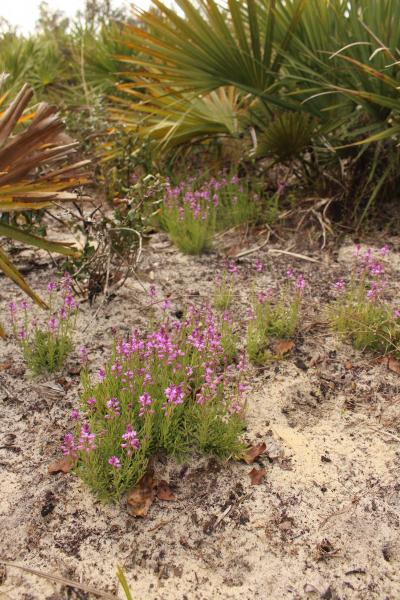 © Scott Ward | Senega lewtonii | Original Image ⭷
© Scott Ward | Senega lewtonii | Original Image ⭷Feedback
See something wrong or missing on about Polygalaceae? Let us know here: (Please include your name and email if at all complicated so we can clarify if needed.)
Cite as...